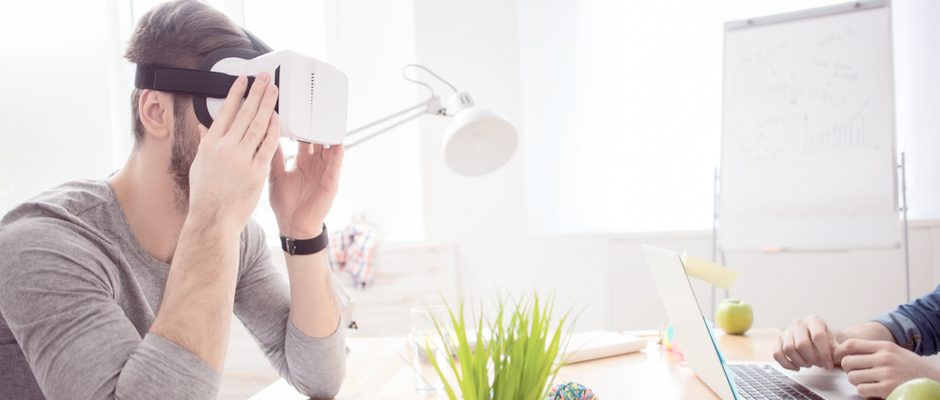Believe it or not, Augmented Reality (AR) will become one of the key mobile app development technologies in the future. Apps can now be designed to deliver an incredible experience of Augmented Reality. The augmented reality mobile app development technology can be applied to apps for both entertainment and business.
We have seen how Pokémon Go, an AR game app, took the world by storm. So, far the app has received 100,000,000+ downloads in Android devices. The number of downloads to the Pokémon app has proved what AR can do. We should thank to the gaming industry for making AR a core technology player in the whole mobile revolution. Also, loyal gamers should be thanked because they continue to look into the world of AR.
IKEA catalogue is another AR app example. It’s a business-related app that lets customers augment how a particular IKEA furniture item would look in their homes. The app lays a virtual layer of computer-generated furniture items over the video-output being seen via it. Of course, this app, apart from its game-like experience, also adds to the rise in the sale of IKEA furniture items.
The VR hardware market too is growing up. Companies are coming up with a variety of devices; the key type of them is a head-mounted set which provides VR inputs directly to a screen imbedded into it. The whole setup remains just 1 centimeter two away of user’s eyes.
So, AR and VR are now the key technologies in mobile app development and, mobile app development firms around the world are coming up with their lots of creative uses.
Many businesses, no matter what they are engaged in, are now considering implementing AR and VR apps. Businesses and companies in entertainment, health-care, public safety, and tourism sectors are already using AR technology via apps.
When it comes to an augmented realty or virtual reality mobile application development, both the platforms – iOS and Android qualify for providing the best of the supports. Both of these devices have all hardware and software that make them best fits for AR and VR mobile app developments. While creating an AR or VR app, you should at least target to these two platforms to cover almost entire user-base.
These apps generally remain complex. There are lots of things that work together to deliver AR/VR outputs to users. That’s why cost of these apps is higher than regular apps. AR or VR apps need extensive data and, then they use that data to augment objects which may also be interacted by users. The whole process requires in-depth research and well-execution of plans.
Both AR and VR technologies can be applied to mobile apps purely focused on the simplification of business processes.
AR, for example, can be used by a physical store to enhance its in-store experience. It could deploy AR-enabled assistant to provide personalized shopping experience without any need of additional staff. VR, on the other hand, can be used by a business to provide its employees with training as Walmart did in 2017 by partnering with the virtual reality creator Strivr, to prepare its employees for its Black Friday sales.
AR can help businesses which face difficulties in explaining their products, and thus their sales are affected. There are many businesses, which create products on receiving orders. In both cases, AR can help these businesses use the technology to create a virtual experience of a product which customers can have before they actually buy it. So, it is like ‘Try before You Buy’ and, businesses will have the advantage of manufacturing a product only when it will have an order for that.
VR can be an immensely benefitting technology for real estate companies. They have to spend a lot of money in taking every individual customer on the site and provide property-tours. If they create a virtual tour of their properties and make them available via their apps than interested customers can have a virtual tour in their own smartphones and come to a conclusion.
VR can also help retailers track shoppers’ gazing patterns and then provide custom-offers attracting them to make a purchase.
So, there is, in fact, no limit when the technologies of AR and VR are implemented in creative ways, in the form of a mobile app that customers / users can easily install in their devices and interact with the AR and VR content.
Author’s Bio. :
Sofia Coppol is a digital marketing expert in Rapidsoft Technologies which is a leading IT consulting company providing full range it services including, IoT application development, ERP software development, AI App Development, and big data app development solutions. Sharing is caring!



